Zimbabwe could have done itself a huge favour when it 'dollarised' around 2009 by adopting the 'full dollarisation' method, University of Zimbabwe (UZ) lecturer and economist Dr Pheneas Kadenge has said.
"When we talk of full dollarisation or formal dollarisation it means we have an agreement with the United States monetary authorities to use the US dollar. In our case we don't have that, so we are just doing is using their currency and it's ok," he said.
"But full dollarisation would have its advantages in the sense that Zimbabwe will benefit from what is called seigniorage, the resources that are derived from the monetary authorities from printing so we would get a share of it, which is not happening now."
Analysts says full dollarisation, however, is an almost permanent resolution: the country's economic climate becomes more credible as the possibility of speculative attacks on the local currency and capital market virtually disappears.
In view of the above, the preconditions for full dollarisation include permission from US monetary authorities as well as commitment by Zimbabwean authorities to non-reversal in the short-term.
Other benefits of full dollarisation include, increased policy credibility; reduction in uncertainty of market participants; elimination of risk of devaluation, and reduction of country risk premium on foreign borrowing.
There is also the benefit of lower interest rates, thus reducing the cost of servicing public debt, and it solves the unit of account problem and, as indicated by Dr Kadenge, partially restores seigniorage.
There are however disadvantages as well, namely the loss of monetary sovereignty; loss of lender of last resort facility, and failure to eliminate risk of external crises.
Reserve Bank of Zimbabwe governor Dr John Mangudya had said Zimbabwe adopted its form of dollarisation without the right fundamentals in place.
Meanwhile, Zimbabweans may have to accept the greater role bond notes will increasingly play in view of expected plans by the Reserve Bank of Zimbabwe (RBZ) to extend the bond note facility from the current limit of $200 million, economist Professor Ashok Chakravarti has said.
Extension of the bond note facility to at least $300 million will result in the notes constituting around 50 percent of the currency circulating in the country.
The central bank recently indicated plans to increase the bond notes in circulation to above the initial $200 million Afreximbank facility.
In a presentation at the Confederation of Zimbabwe Retailers meeting on cash crisis and solutions, Professor Chakravarti said bond notes would no longer be merely a surrogate currency if the quantum of bond notes in float was to be extended.
"By December 2017 bond notes may be 50 percent of currency in circulation. It is then no longer a surrogate currency but a new Zimbabwe dollar.
"Accept that bond dollar is now a local currency and allow it to trade freely with other currencies within multi-currency basket," said Professor Chakravarti.
The RBZ has so far injected $175 million bond notes into the market as part of efforts to ease the biting cash shortages that hit the country since early last year.
- bh24
 Sanganai Expo preparation descends into chaos
Sanganai Expo preparation descends into chaos  South Africa is in serious trouble
South Africa is in serious trouble  US halts visa services for Zimbabwean nationals
US halts visa services for Zimbabwean nationals  ZSE and VFEX recover after weak 1st half
ZSE and VFEX recover after weak 1st half  Gold edges up as traders await guidance
Gold edges up as traders await guidance  Zimbabwe Agricultural Show 2025 kicks off
Zimbabwe Agricultural Show 2025 kicks off  Young Investment Professional (YIP) Graduate Programme 2019
Young Investment Professional (YIP) Graduate Programme 2019 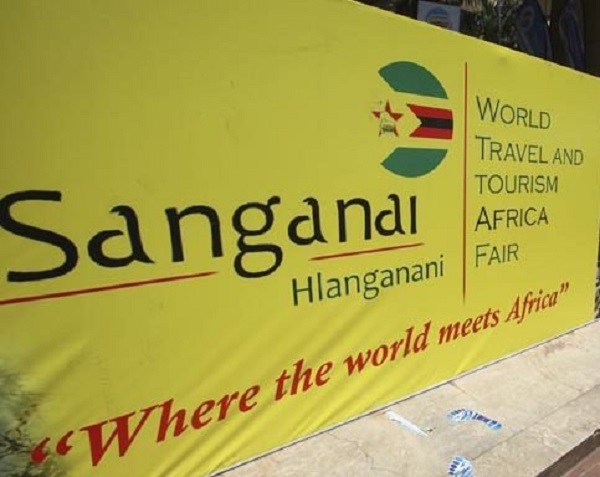


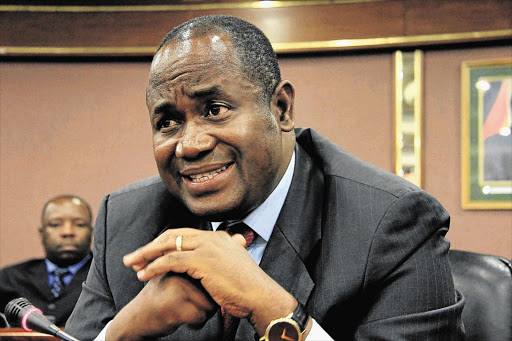

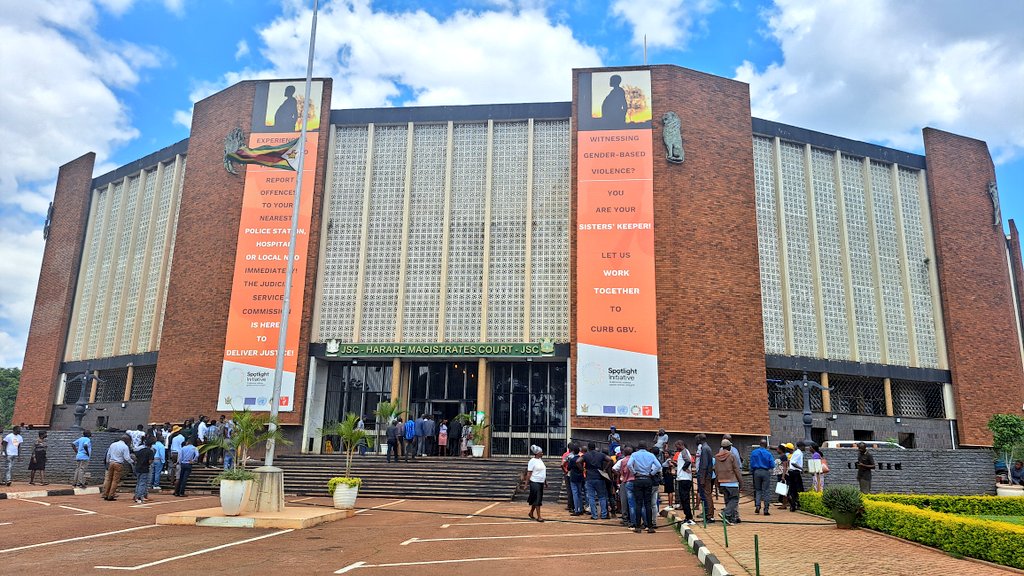

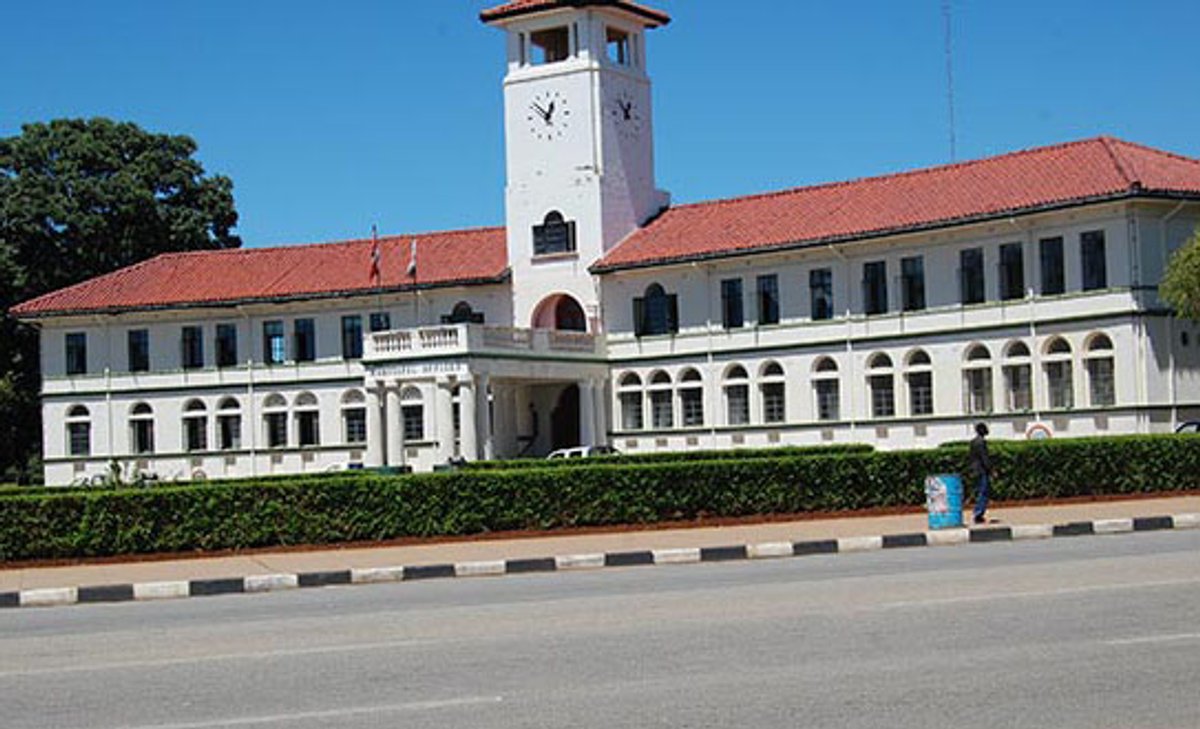



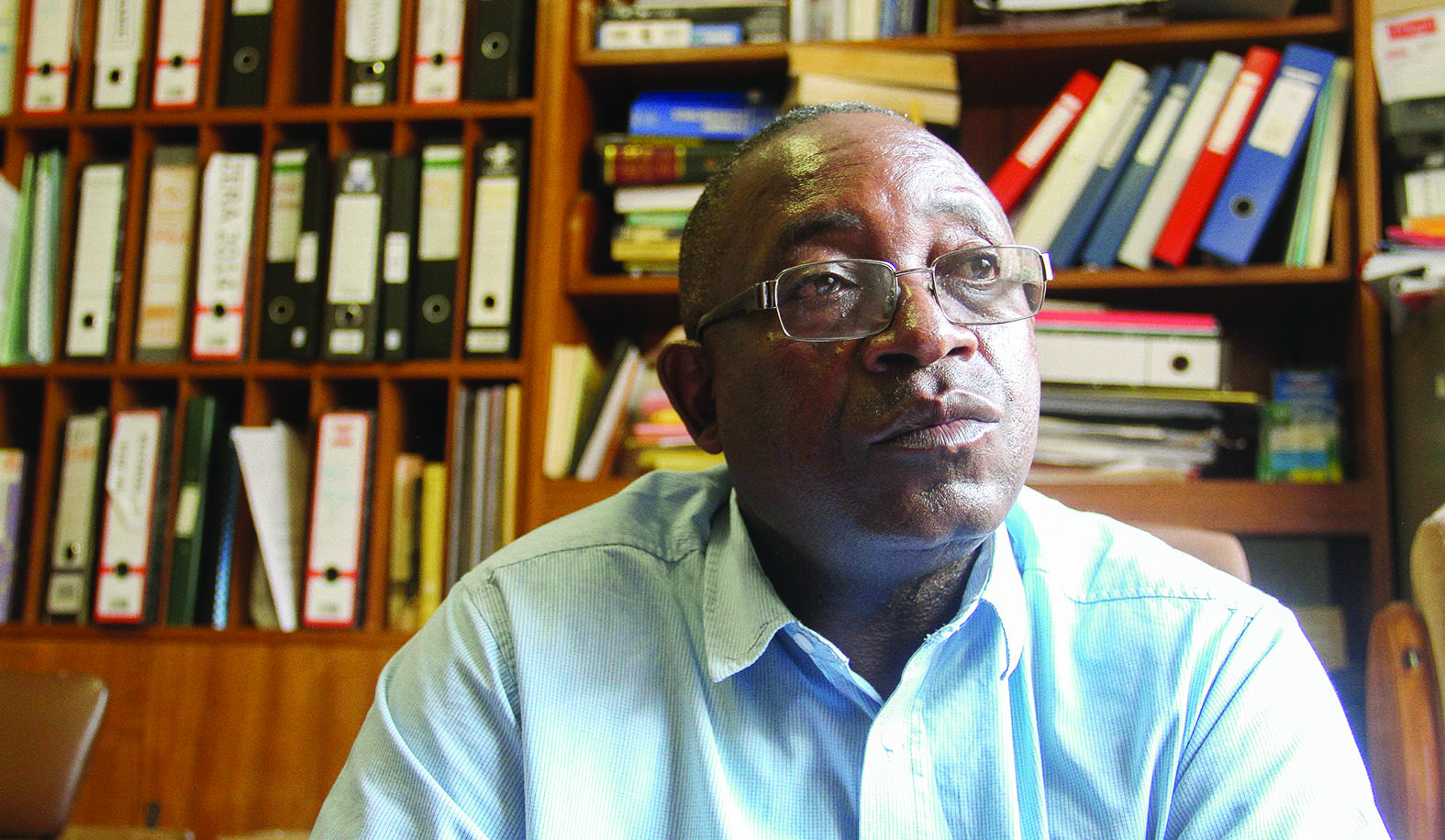
 Young Investment Professional (YIP) Graduate Programme 2019
Young Investment Professional (YIP) Graduate Programme 2019
Editor's Pick